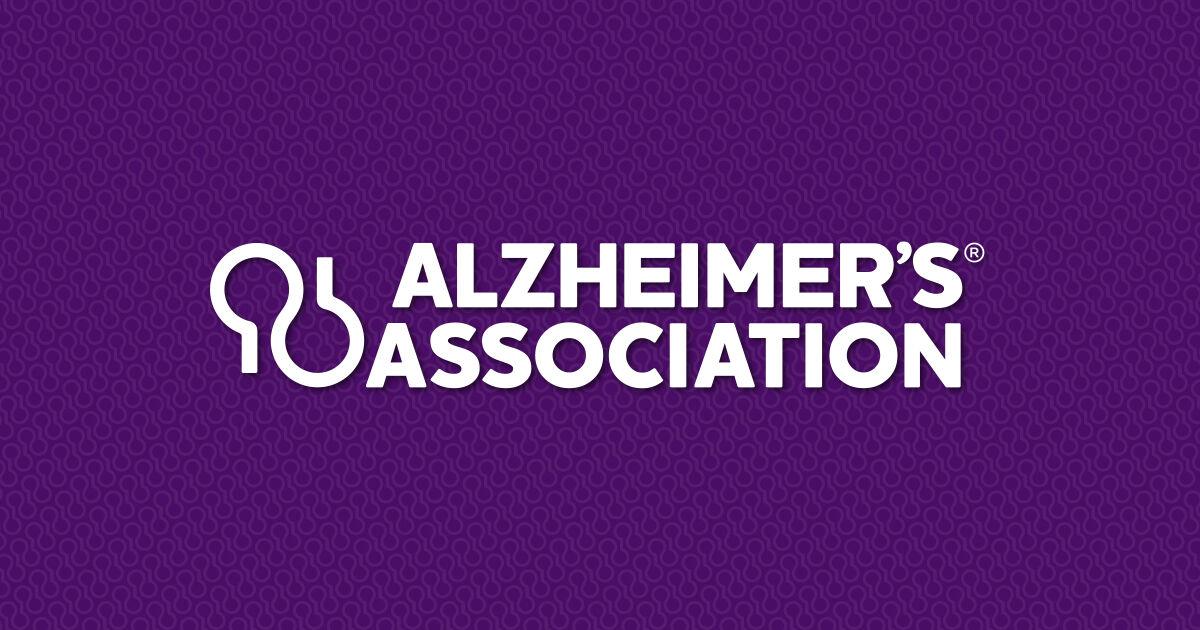Alzheimer’s Association raising awareness about minority health disparities
Alzheimer's Association raising awareness about minority health disparities KOKI FOX 23 TULSA


Tulsa Alzheimer’s Association Raises Awareness on Health Disparities in Minority Populations

Introduction
The Alzheimer’s Association is working towards addressing the health disparities in minority populations, particularly among African Americans who are twice as likely to be diagnosed with Alzheimer’s compared to white Americans.
Goal of the Association
“Our goal is to touch all corners no matter your race, nationality, or age,” said Danielle Morrison, Programs Director for the Oklahoma Alzheimer’s Association Chapter. “We want to provide education to every person.”
Research on Disparities
Morrison mentioned that the association is actively researching the reasons behind the higher prevalence of Alzheimer’s among African Americans. “Our research team is working hard to understand this disparity and develop trial studies,” said Morrison.
Importance of Clinical Studies
The association’s clinical studies and new ideas aim to gather more data about Alzheimer’s and dementia and how it affects different individuals. “New ideas, such as using pet images, allow doctors to understand the brain’s condition, stage of the disease, and provide appropriate care,” explained Morrison.
Participation of Minority Descent Individuals
The association is specifically seeking individuals of minority descent to participate in their research. The data obtained from scans will not only benefit the participants but also contribute to further research. “New ideas are targeted towards everyone, but especially African Americans, Native Americans, and Hispanics. We want to increase data from all nationalities,” emphasized Morrison.
Free Scans and Getting Involved
The scans provided by the association are completely free. To get involved or obtain more information, individuals can call the helpline at 1-800-272-3900 or visit here.
SDGs, Targets, and Indicators
-
SDG 3: Good Health and Well-being
- Target 3.4: By 2030, reduce by one-third premature mortality from non-communicable diseases through prevention and treatment and promote mental health and well-being.
- Indicator: Number of deaths and illnesses from Alzheimer’s disease.
-
SDG 10: Reduced Inequalities
- Target 10.2: By 2030, empower and promote the social, economic, and political inclusion of all, irrespective of age, sex, disability, race, ethnicity, origin, religion, or economic or other status.
- Indicator: Disparities in Alzheimer’s disease diagnosis rates between different racial and ethnic groups.
The article highlights the issue of health disparities in minority populations, specifically focusing on the higher prevalence of Alzheimer’s disease among African Americans compared to white Americans. This issue is connected to SDG 3: Good Health and Well-being, which aims to ensure healthy lives and promote well-being for all at all ages. Target 3.4 under this SDG is relevant as it focuses on reducing premature mortality from non-communicable diseases, including Alzheimer’s disease. The number of deaths and illnesses from Alzheimer’s disease can serve as an indicator to measure progress towards this target.
The article also addresses the issue of reduced inequalities in healthcare. It mentions the goal of the Alzheimer’s Association to provide education and clinical studies to individuals of minority descent. This aligns with SDG 10: Reduced Inequalities, which aims to reduce inequalities based on various factors, including race and ethnicity. Target 10.2 under this SDG focuses on promoting the social, economic, and political inclusion of all individuals, irrespective of their race or ethnicity. The article implies that there are disparities in Alzheimer’s disease diagnosis rates between different racial and ethnic groups, which can serve as an indicator to measure progress towards this target.
SDGs, Targets, and Indicators
| SDGs | Targets | Indicators |
|---|---|---|
| SDG 3: Good Health and Well-being | Target 3.4: By 2030, reduce by one-third premature mortality from non-communicable diseases through prevention and treatment and promote mental health and well-being. | Number of deaths and illnesses from Alzheimer’s disease. |
| SDG 10: Reduced Inequalities | Target 10.2: By 2030, empower and promote the social, economic, and political inclusion of all, irrespective of age, sex, disability, race, ethnicity, origin, religion, or economic or other status. | Disparities in Alzheimer’s disease diagnosis rates between different racial and ethnic groups. |
Behold! This splendid article springs forth from the wellspring of knowledge, shaped by a wondrous proprietary AI technology that delved into a vast ocean of data, illuminating the path towards the Sustainable Development Goals. Remember that all rights are reserved by SDG Investors LLC, empowering us to champion progress together.
Source: fox23.com

Join us, as fellow seekers of change, on a transformative journey at https://sdgtalks.ai/welcome, where you can become a member and actively contribute to shaping a brighter future.







